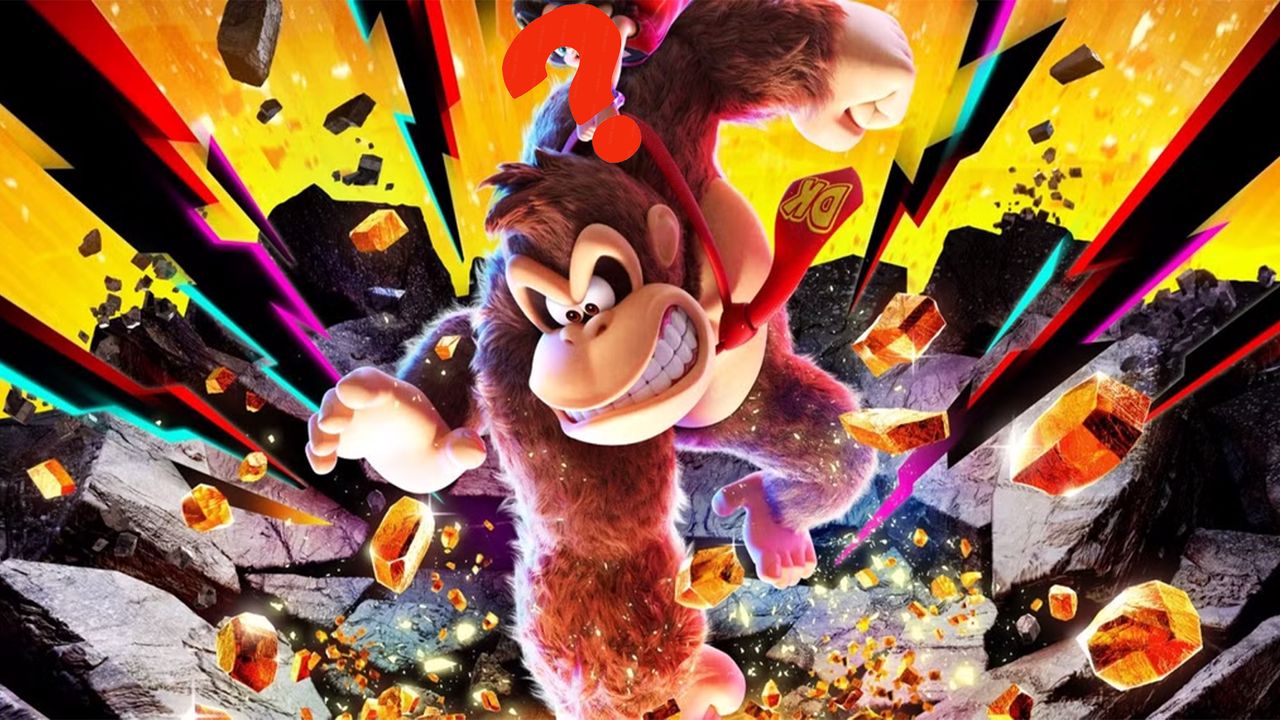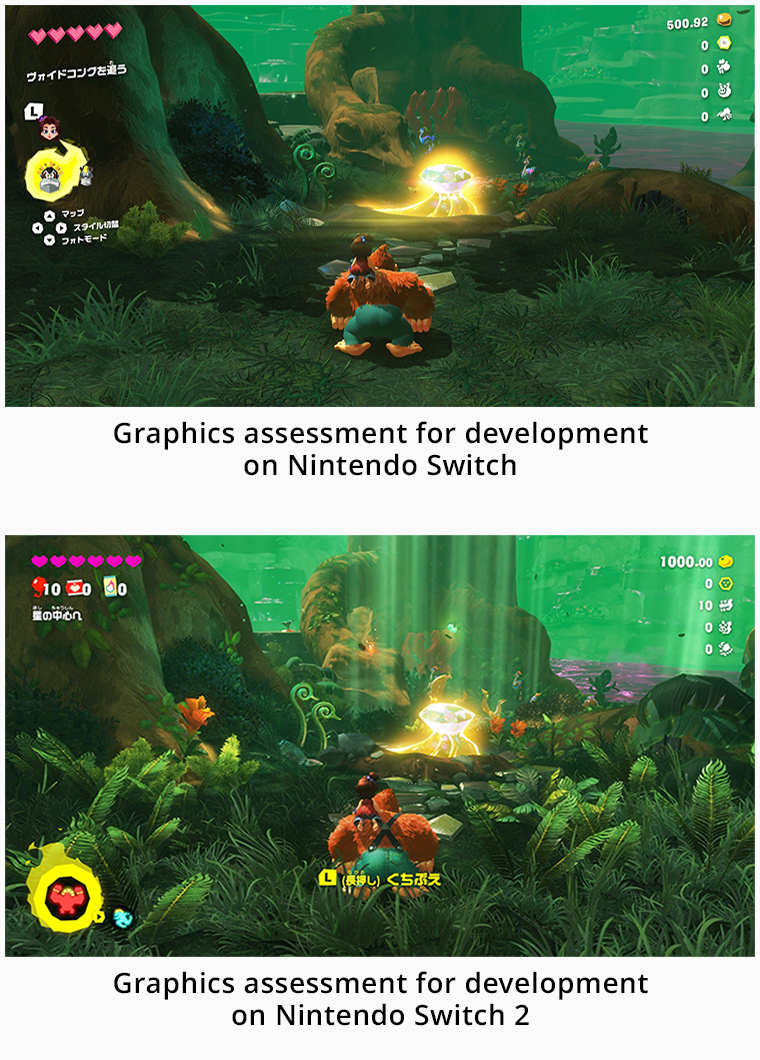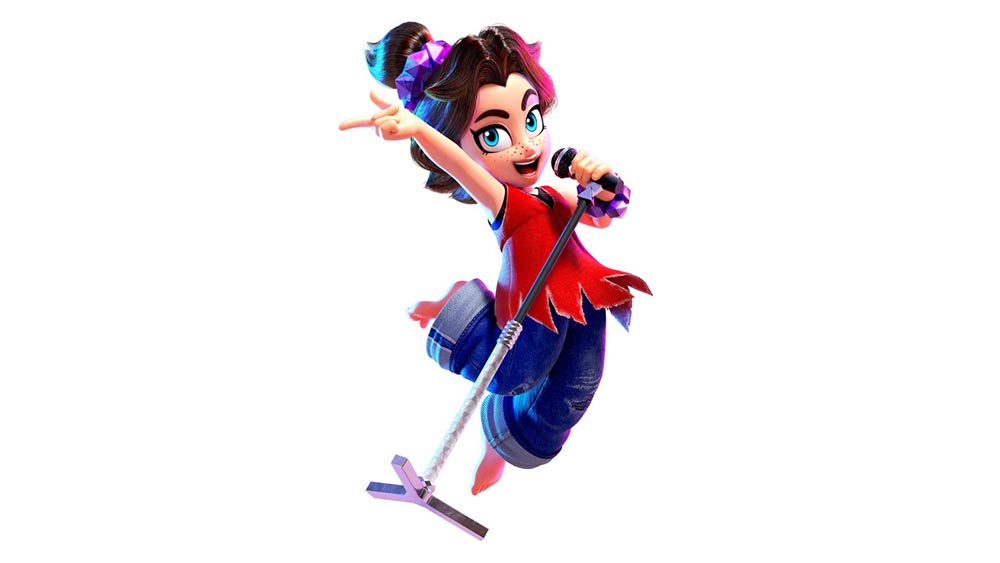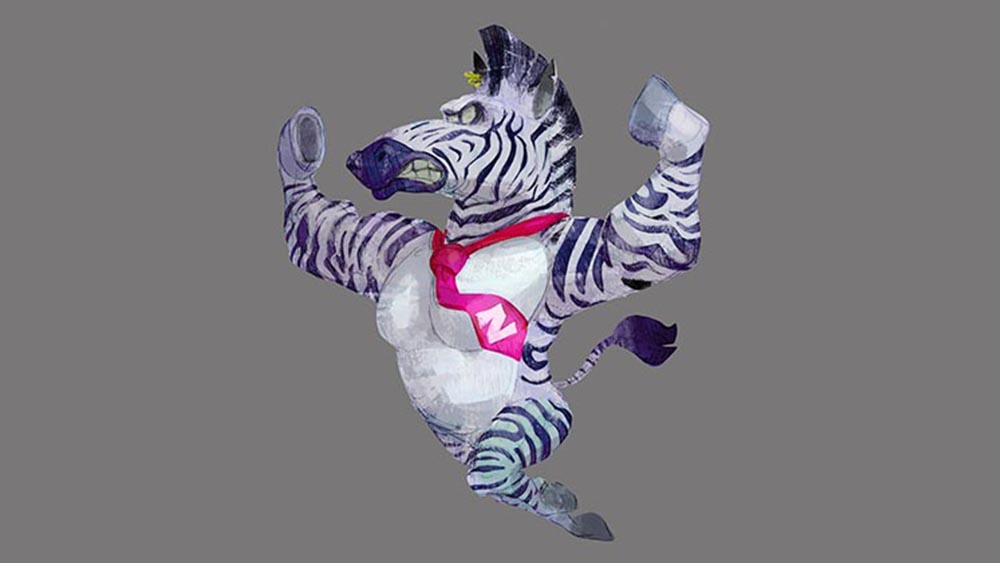
This week's release of Donkey Kong Bananza is an undoubted highlight of Nintendo Switch 2 so far – at least for those who have the console (see our guide to Switch 2 Stock if you're still searching). The environmental design, world building and gameplay are all a reminder of how great Nintendo is at making games – and a fantastic showcase for the new console.
It's immediately apparent that the game had to be for the Switch 2. But it turns out that initially Donkey Kong Bananza was going to be for the original console, developers have revealed. And they've explained what made them change their plans (see our pick of the best game development software if you're working on your own destructive masterpiece).

In an interview as part of Nintendo's Ask the Developer series, team members revealed that they began developing Donkey Kong Bananza on Nintendo Switch but ran into challenges and started to think about moving to Switch 2 in around 2021 .
They note that one of the most obvious improvements was being able to place many more objects in the environment than before. But the main benefit wasn't so much that it enhanced the game's visual richness – it also increased the amount of things players could destroy.
This "amplified the exhilaration of being able to demolish anything and everything" Kazuya Takahashi says. "That went hand in hand with the game’s core concept of destruction. It convinced us that this game would be even more fun if we developed it for Switch 2."
This is because of the game's use of voxel technology – everything in the game is made from voxels, which are like 3D pixels. "Voxel technology is well-suited for creating gameplay centred around destruction. However, it also uses a lot of system memory, and we faced the challenge of Switch not having enough to support everything we wanted to do," Wataru Tanaka says.
The use of voxels means that processes use up eight times the resources, and the memory on the original Switch was going to struggle. "We felt that manifesting the huge volume of terrain that we did in this game might have been unachievable on that platform," Wataru explains.
"With the move to Switch 2, we gained not only more memory but also greater processing capacity. That gave us the freedom to incorporate gameplay ideas we'd previously abandoned because they were too demanding."
That included things like explosions flinging large objects or causing them to collapse. "As well as running at a smooth 60 fps, the core gameplay of smashing got way more satisfying," Daisuke Watanabe adds "The physics of smashing involve lots of things all happening at once. Donkey Kong throws a punch, the terrain and objects break apart, and visual effects show debris flying outward. All of that is packed into a single moment.
"At 30 fps, we couldn't fully capture everything that happens in that instant. But at 60 fps, we saw that sense of destruction coming through much more clearly. We thought to ourselves, 'Now we've got something seriously satisfying!. Not only did Switch 2 enable the game to run well, it unlocked the game’s full potential – no, it made the game possible."
How Pauline ended up in Donkey Kong Bananza

Another surprise from the interview is that Pauline wasn't originally going to be in the game. Her incorporation came about through a chain of ideas that might not seem obvious at all to anyone else.
Apparently, it all began with a piece of concept art for Donkey Kong's surreal zebra transformation. First, this led to a decision to change the music for the transition.
"The mere sight of this sketch was enough to shock me, but actually seeing it programmed into action, I thought to myself, 'Well, since we've gone this far, we might as well also transform the music that plays once Donkey Kong has transformed'." Naoto Kubo says.
Changing the music was a big move. Even in Mario games this doesn't happen unless it's a big transformation. But since Donkey Kong transforms for a limited time and with such a big impact, they decided to go all in, using music as a way to communicate to the player that it's time to run.
"The image of a zebra galloping passionately to Latin or Spanish-style music popped into my head. I mean, not that Latin music has anything to do with zebras, but still…" Sure, we follow, Naoto. And Pauline?
"Now that the transformation mechanic had started to take shape, we thought we could create something new by tying Pauline’s singing to the Bananza transformations. So I asked Kubo-san, 'Would you care to write an animal song for Pauline to sing?', producer Kenta Motokura explains.
The result made a big impression. "I thought I might as well go full swing, so I added vocals to the Latin and Spanish-style music," Naoto says. "Even though it was the same base track, the response I got from the team was completely different, much more positive. It made a strong impression on me. That really cemented my sense of how powerful the human voice is."

It's one of those chain of lateral logic that demonstrate the magic that can come from bouncing around ideas during game development, and it resulted in a transformatory new element being added to the game.
In the story, Donkey Kong is motivated by his love of bananas, but by adding Pauline, the developers also added a new human element for players to relate to, and it provided the chance to add various gameplay features using the power of song, like breaking seals or showing the route to a destination.
"Because she’s a human character, she can take on the role of explaining things," Kazuya says. "And since she opens up about her feelings when she visits the Underground World for the first time, players can empathise with her, giving them the feeling that they're with her on the adventure."
Donkey Kong Bananza is out now. For more titles, see our guide to the best Nintendo Switch 2 games.







